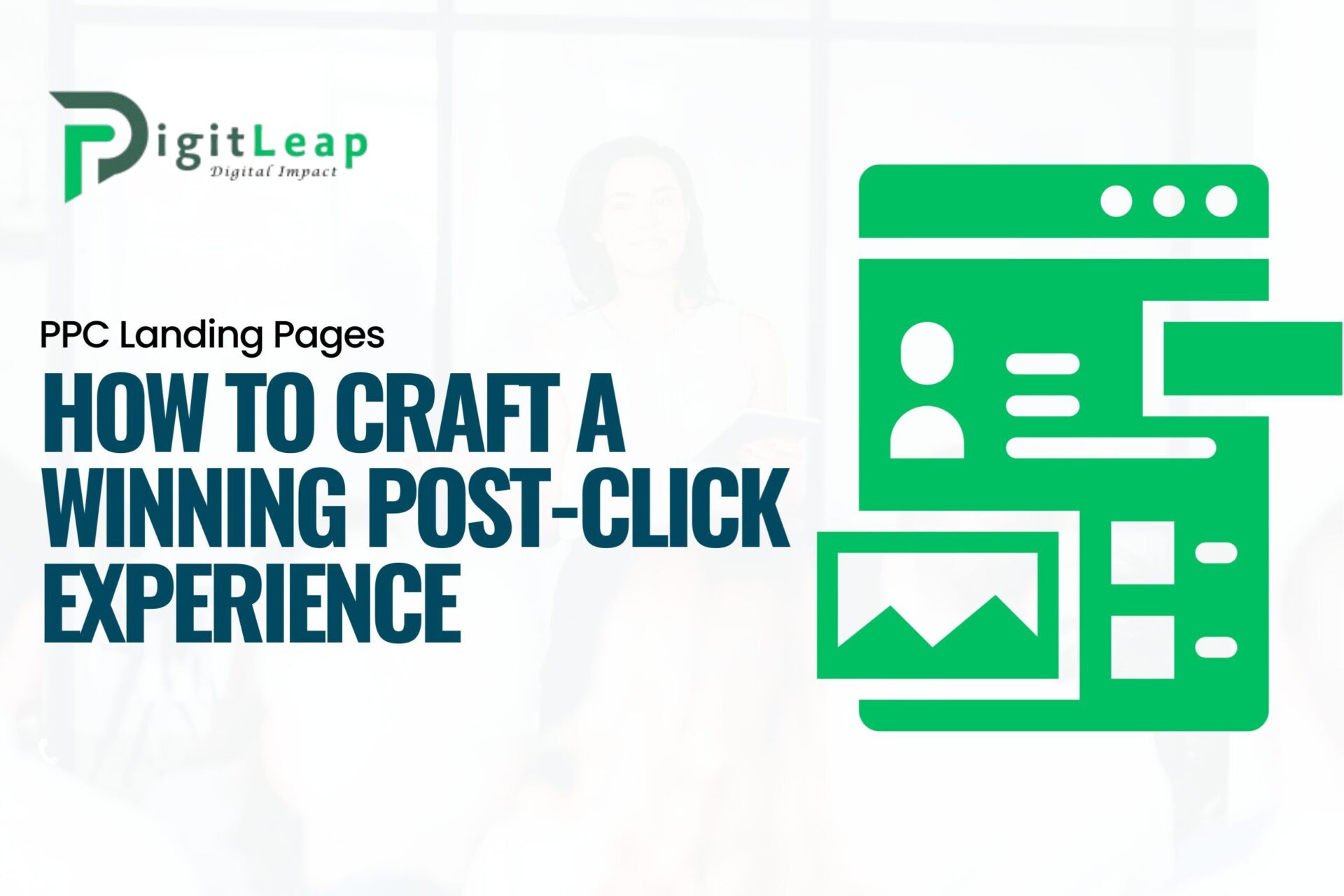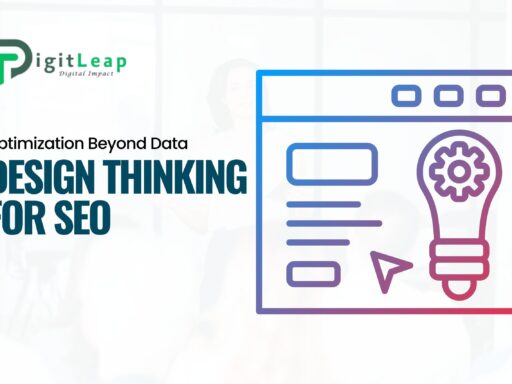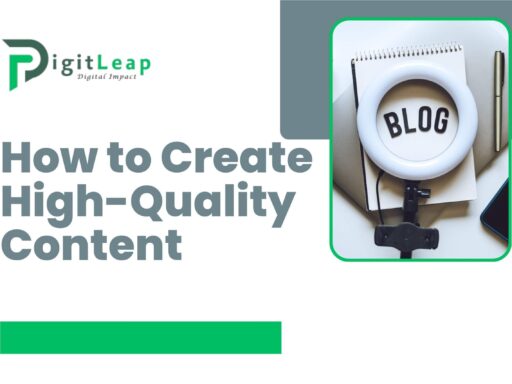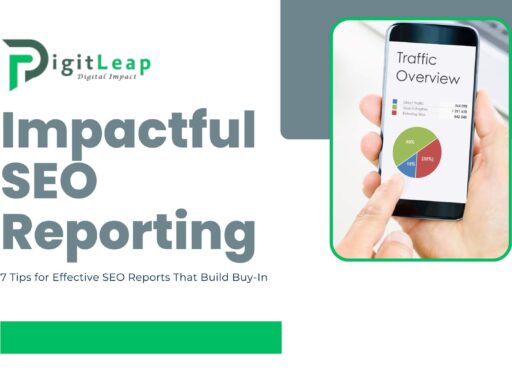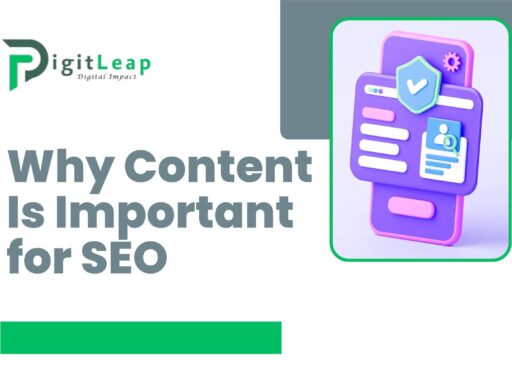PPC Landing Pages: How to Craft a Winning Post-Click Experience
When it comes to Pay-Per-Click (PPC) advertising, one of the most crucial elements for success lies in the landing page. This is the page users land on after clicking your ad—their very first experience with your brand beyond the ad itself. A well-designed PPC landing page can turn those clicks into conversions, helping you get the most out of your ad spend. In this article, we’ll explore everything you need to know about crafting a winning PPC landing page that delivers an engaging post-click experience and maximizes conversion rates.
Understanding the Role of a PPC Landing Page
A PPC landing page is designed to encourage a specific action from visitors, whether it’s signing up, making a purchase, or requesting more information. Unlike a general website page, this landing page is tailored to the ad’s message, ensuring a seamless journey from ad click to desired outcome. The ultimate goal is to create a consistent, focused, and compelling experience that aligns with the intent behind each visitor’s click.
Key Elements of a High-Converting PPC Landing Page
Creating a PPC landing page that converts effectively involves understanding several critical components:
1. Clear and Compelling Headline
- The headline is the first thing visitors see, so it must be impactful and directly related to the ad that led them here. A clear headline communicates the page’s purpose instantly, reducing the chance of visitors bouncing due to confusion or irrelevance.
2. Concise and Persuasive Copy
- The content on your PPC landing page should be concise, focused, and benefit-driven. Highlight how the product or service solves a problem or meets a need without overwhelming visitors with excessive details. Each sentence should build interest and guide the user toward taking action.
3. Engaging Visuals
- High-quality images or videos can significantly boost engagement. Choose visuals that align with the message and product. For example, if you’re advertising a SaaS product, a short explainer video can work wonders. The visuals should complement the content, not distract from it.
4. Trust Signals and Social Proof
- To establish credibility and reduce hesitancy, include trust indicators like customer testimonials, awards, certifications, or logos of recognizable clients. Social proof reassures visitors that others have had a positive experience with your brand, increasing their confidence in your offering.
5. Effective Call to Action (CTA)
- The CTA button is one of the most important elements on your landing page. Make it prominent, action-oriented, and easy to find. Use language that reinforces the benefit (e.g., “Get Started,” “Claim Your Free Trial”). A well-crafted CTA encourages action, so keep it bold, clear, and specific.
Creating Consistency Between Ad and Landing Page
Consistency is key in creating a seamless post-click experience. When users click on an ad, they should feel like they’re on the right track when they reach the landing page. This involves matching not only the language but also the tone, visuals, and value proposition from the ad to the landing page.
Tips for Optimizing PPC Landing Pages for Conversions
Crafting an effective PPC landing page is a multi-step process that benefits from continuous testing and refinement. Here are some practical tips to help improve conversion rates:
1. Focus on a Single Objective
- Avoid overcrowding your landing page with multiple CTAs or distractions. Each landing page should have one clear objective—whether it’s signing up, downloading an e-book, or making a purchase. The simpler the choice, the easier it is for users to take action.
2. Optimize for Mobile
- With more users browsing on mobile devices, make sure your landing page is fully optimized for mobile viewing. This includes fast load times, easy-to-click buttons, and responsive design. Mobile optimization can prevent high bounce rates and improve conversion rates.
3. A/B Test Different Elements
- Testing is essential to fine-tuning your landing page for maximum conversions. A/B test different elements, such as headlines, images, CTA buttons, and layout variations, to see what resonates most with your audience. Even small changes can lead to significant improvements.
4. Keep the Form Short and Simple
- If your landing page involves a sign-up form, keep it as short as possible. The more fields users have to fill out, the more likely they are to abandon the page. Stick to essential information and save additional questions for later in the customer journey.
5. Highlight Urgency and Scarcity
- Adding a sense of urgency or scarcity can encourage visitors to take immediate action. For example, use phrases like “Limited Time Offer” or “Only a Few Spots Left.” When done genuinely, this strategy can help boost conversion rates by encouraging users to act quickly.
Ensuring a Strong User Experience (UX)
Creating a smooth and positive user experience (UX) on your landing page is critical. A clutter-free design, easy navigation, and intuitive layout all contribute to an enjoyable experience that builds trust. UX considerations extend to every detail, from the page’s colors and fonts to button placements and image sizes.
Leveraging Analytics to Improve PPC Landing Pages
Tracking and analyzing your PPC landing page performance is essential for ongoing improvement. Utilize tools like Google Analytics to track metrics such as bounce rate, time on page, and conversions. Understanding which elements perform well and which need improvement can guide your optimization efforts and improve future campaigns.
FAQ’s
Q1: What’s the difference between a PPC landing page and a regular website page?
A PPC landing page is designed specifically for paid advertising campaigns and aims to drive a single action or conversion, while a regular website page may have multiple objectives and navigational elements.
Q2: How many CTAs should a PPC landing page have?
Ideally, a PPC landing page should have only one clear CTA to avoid confusing the visitor. This helps maintain focus on the intended action.
Q3: How can I measure the effectiveness of my PPC landing page?
Metrics like conversion rate, bounce rate, and time on page are key indicators of how well your landing page performs. A/B testing different elements can also help optimize for better results.
Q4: How often should I update my PPC landing page?
Update your PPC landing page whenever there are significant changes to your offer, audience insights, or if you notice a decline in performance. Regular testing and adjustments can keep it effective.
Q5: What’s the ideal length for a PPC landing page?
There’s no strict rule, but generally, the length should be enough to convey your value proposition and drive action without overwhelming the visitor. Keep it concise and focused on the user’s needs.
Q6: Do PPC landing pages need SEO?
PPC landing pages benefit more from conversion-focused design than traditional SEO. However, optimizing for user experience and relevance can improve Quality Score in Google Ads.
Conclusion
Creating an effective PPC landing page is essential for maximizing the value of your ad spend. With a compelling headline, persuasive content, engaging visuals, and a strong call to action, you can craft a winning post-click experience that drives conversions and builds brand trust. Testing and optimizing your landing pages can further enhance their effectiveness, helping you achieve better ROI from your PPC campaigns. At Digit Leap, we understand the intricacies of creating tailored PPC landing pages that align with your business goals and deliver exceptional results. With the right approach, you can turn clicks into meaningful connections and lasting customer relationships.


